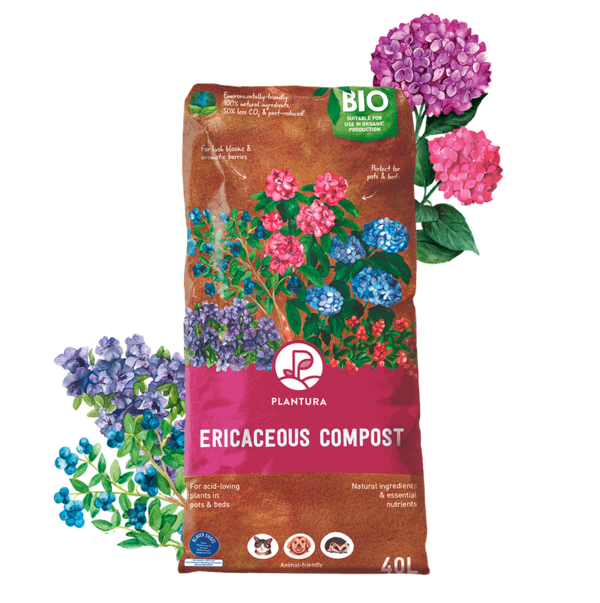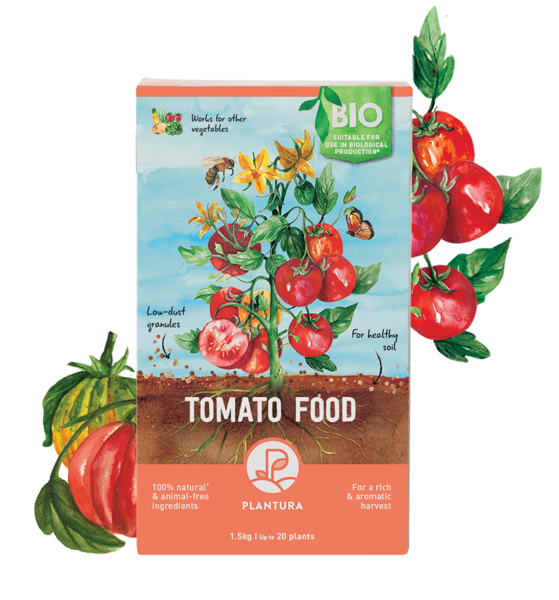Kiwi berry: profile and growing & caring for Actinidia arguta
Although often thought of as an exotic fruit, you can actually grow the kiwi berry in your garden. Discover all about Actinidia arguta and how to care for it.

When compared to the large brown-skinned kiwi fruit (Actinidia deliciosa) that you may find in the shops, the kiwi berry’s (Actinidia arguta) fruits are smaller and are either green or red. Another difference between the two is that the kiwi berry is much hardier than the conventional kiwi plant and can be grown more easily here in the United Kingdom. We will discuss the origins of the kiwi berry and show you how to grow and care for it.
Contents
Kiwi berry: origin and characteristics
Also known as the hardy kiwi, the kiwi berry originates from East Asia and is rarely available to purchase here in the shops. When compared side by side, the inside of the hardy kiwi and kiwi fruit look similar. However, externally they are easily distinguished by the fact that the kiwi berry produces much smaller fruits that are 2 to 3cm long with a smooth and hairless skin.
As a deciduous and vigorous climber, the kiwi berry can grow to 6m tall. It produces glossy green ovate leaves and clusters of fragrant white flowers in May that develop into the fruits. Hardy kiwi plants are available in male, female and self-fertile forms. However, if you can only grow one, it needs to be self-fertile such as Actinidia arguta ‘Issai’ to produce a harvest.

Growing conditions
Much hardier than the larger kiwi fruit, the kiwi berry is rated H5, which indicates that it can withstand temperatures down to -10 °C. That being said, its young shoots are particularly susceptible to low temperature damage, so frost pockets should be avoided. However, in order for the fruits to ripen it requires a sunny and sheltered growing position. A south or west-facing wall is ideal.
In order to thrive, kiwi berries like to grow in fertile soil that is well-drained and slightly ericaceous. You can enrich the soil prior to planting by incorporating some garden compost or organic matter. Our Plantura Organic Ericaceous Compost is ideal as it will help feed the plant for the coming season and being peat-reduced is kinder to the environment.

- Perfect for acid-loving plants such as hydrangeas, rhododendrons, blueberry bushes, azaleas & more
- Ensures all-round healthy plants with lush blooms and aromatic berries
- Peat-reduced & organic soil: CO2-saving composition
Tip: to support its vigorous growth, you can support a kiwi berry vine using wires along a wall or growing it over an arch or pergola.
Hardy kiwi care: watering and fertilising
Along with the right aspect and soil type, kiwi berry plants need the correct amount of moisture and nutrients to grow well and produce a harvest. To help your newly planted kiwi berry to establish, water it regularly for the first couple of years. After which, only watering during dry or hot spells and when the fruits are forming is generally sufficient.

Fertilising your kiwi berry with a potassium-rich fertiliser in spring is recommended to help support the flower and fruit formation. Our Plantura Tomato Food is perfect for fertilising kiwi berries as it is high in potassium and being slow-release will feed the plant for 2 to 3 months.

- Perfect for tomatoes, chillies, courgettes, cucumber & more
- For healthy plants & an abundant tomato harvest
- Long-lasting fertiliser that is free from animal products - child & pet friendly
Tip: mulching around the base of the trunk with organic matter in early spring can help prevent moisture loss over the hotter months and any weeds from appearing.
When and how to harvest
Kiwi berry plants generally take 3 to 4 years to start producing their small fruits. Furthermore, hardy kiwis require a long growing season and the berries do not generally tend to ripen until the end of summer. Your mini kiwi berries are ready to harvest when they turn their mature green or red colour, are soft to the touch and have black seeds when cut open. To harvest kiwi berries, either pull the fruit gently off the vine or cut them off in clusters, which can be gentler on the fruits. The hardy kiwi berries are susceptible to low temperatures, so make sure that any fruits are harvested and brought inside to ripen at room temperature before the first frost.

When talking about kiwis, the more commercially grown kiwi fruit is what often comes to mind. You can discover more about kiwi varieties here in our separate article.

























